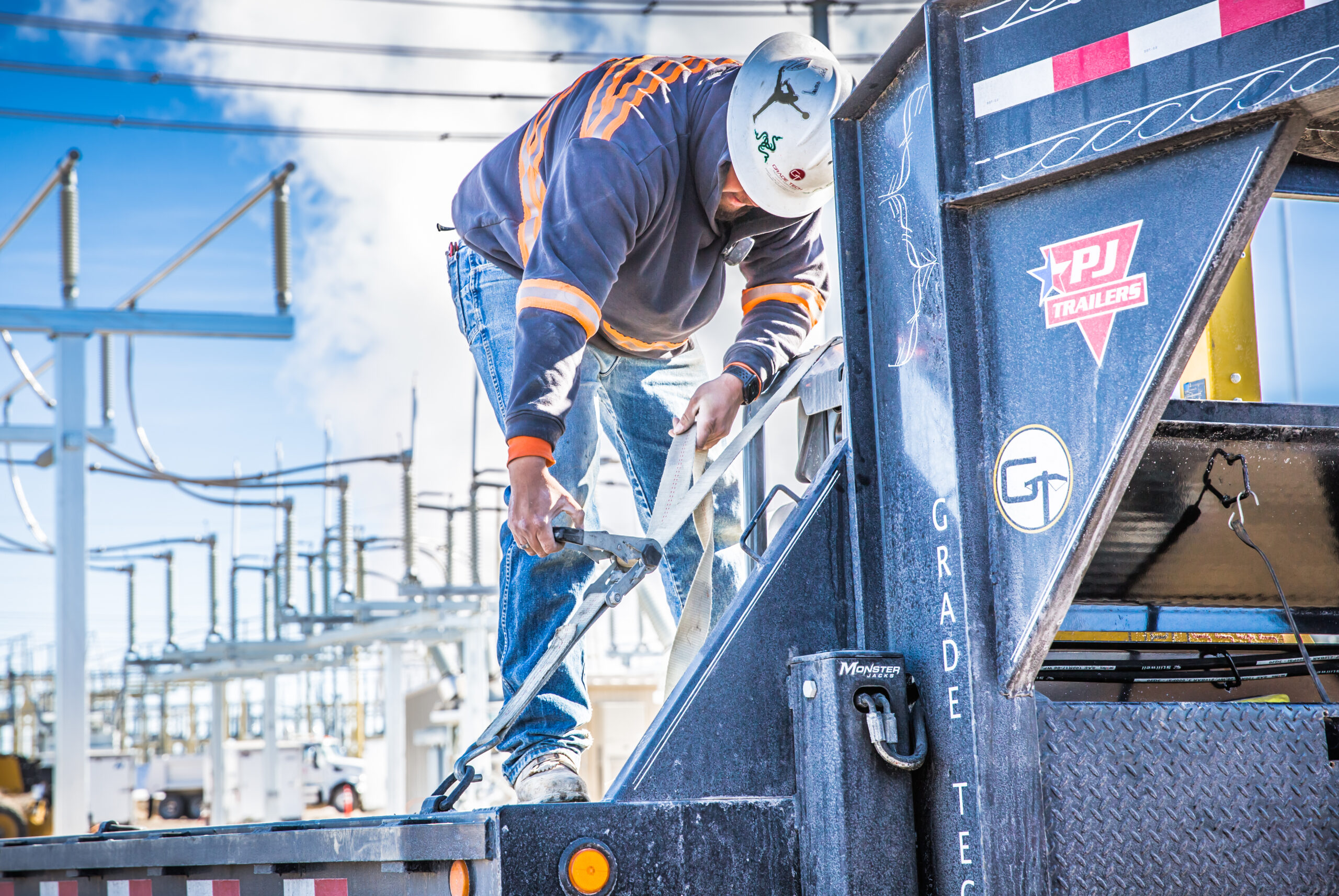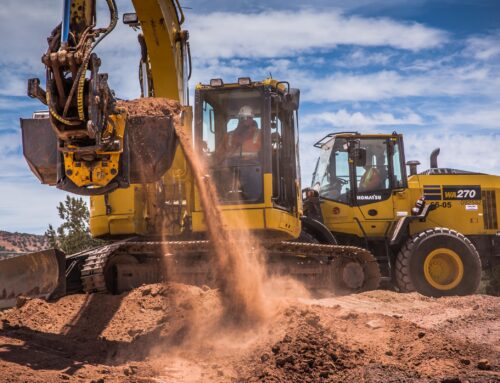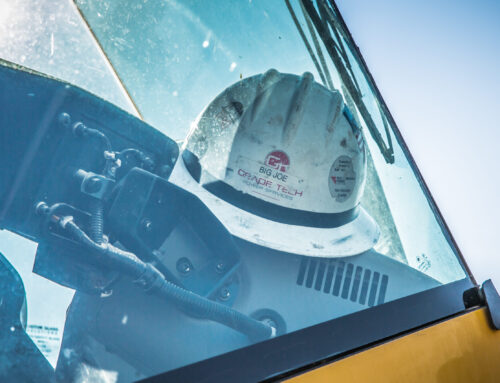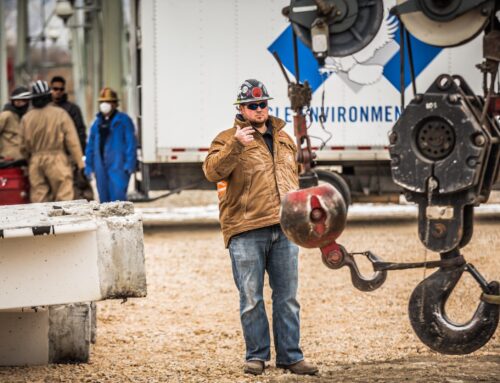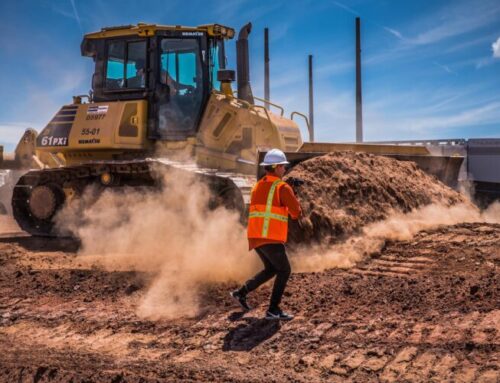In the world of construction and remodeling, the true value of a project often lies in the transformation it creates. Whether you’re revitalizing a historic building, remodeling a kitchen, or enhancing curb appeal, the results can be dramatic—and there’s no better way to capture this impact than through compelling before-and-after shots. Construction photography can be a powerful tool to document progress, build trust, and convey expertise, but it requires careful planning and technique to achieve the best results. This blog covers effective strategies for taking impactful before-and-after photos that illustrate transformation in construction and remodeling projects, turning them into a visual story that highlights your craftsmanship.
1. Set Clear Goals for Your Before-and-After Shots
Before picking up the camera, set clear goals for your construction photography. Are you aiming to showcase the structural improvements, the new finishes, or the aesthetic changes in a remodel? Knowing what you want to highlight can help you plan shots accordingly. For example, if you’re documenting a kitchen renovation, focus on capturing images that emphasize the layout changes, upgraded appliances, or new lighting. Having a specific focus will ensure that your photos capture the transformation in a way that resonates with prospective clients and partners alike.
2. Choose Consistent Angles and Perspectives
Consistency is key in before-and-after construction photography. Try to use the same angle, distance, and perspective for both the “before” and “after” shots, as this consistency makes the transformation easier to visualize and compare. Consider marking the spot you’re shooting from, or using a tripod to lock the angle in place for later shots. This practice is especially valuable in long-term construction projects, where maintaining the same view over weeks or months creates a cohesive visual story. Consistent angles emphasize the magnitude of the changes and make your photos more professional.
3. Use High-Quality Equipment
Professional-quality equipment can elevate your construction photography and make it easier to capture subtle details. High-resolution cameras, wide-angle lenses, and a sturdy tripod are essential tools for taking sharp, clear images that showcase your work. In addition to cameras, consider investing in lighting equipment to brighten spaces that lack natural light or are underexposed. Construction sites, especially those in the early stages, can have limited lighting, so a few portable lights or flashes can make a significant difference in the final quality of your before-and-after shots.
4. Pay Attention to Lighting Conditions
Lighting can make or break construction photography. For before-and-after photos, aim to shoot under similar lighting conditions for each set of images. Natural light is often ideal, so try shooting at the same time of day to maintain consistent lighting. This helps minimize harsh shadows and creates a more accurate comparison between the “before” and “after” images. In cases where natural light isn’t feasible, use adjustable artificial lights to create even lighting and eliminate distracting shadows. The consistency in lighting brings out the details of your work, allowing the viewer to fully appreciate the transformation.
5. Capture Close-Up and Wide Shots
While wide shots are ideal for showing the overall transformation, close-up shots can help highlight the finer details and craftsmanship of your construction work. When photographing a bathroom remodel, for instance, a wide shot can capture the layout changes, while close-ups can emphasize intricate tile work, new fixtures, or countertop materials. By including a variety of perspectives in your construction photography, you create a more comprehensive story that allows viewers to appreciate both the big picture and the fine details.
6. Focus on Key Transformation Areas
In construction photography, highlighting key transformation areas is essential for telling a powerful story. For example, in a home remodel, areas like kitchens, bathrooms, or outdoor spaces often yield the most noticeable and impactful changes. Take extra time to document these spaces from various angles and perspectives. Focus on elements that underwent the most significant change—like a new staircase, a custom-built entryway, or a landscaped garden. This approach makes the before-and-after transformation feel dynamic and engaging for viewers, as they can see exactly how your work has enhanced the space.
7. Tidy Up the Site Before Each Shot
Before snapping your photos, make sure the space is clean and free of clutter. In the “before” stage, this may involve moving equipment or removing debris from the area you’re photographing. During the “after” shots, it’s essential to ensure that the finished space is clean, staged, and ready to be showcased. A tidy environment helps viewers focus on the construction changes rather than distractions in the background, which is crucial for impactful construction photography. Consider adding final touches, such as arranging furniture or placing décor, to elevate the space.
8. Edit Your Photos for Consistency and Quality
Post-processing can enhance the quality of your construction photography and ensure consistency across all before-and-after images. Basic adjustments like brightness, contrast, and saturation can bring out details and create uniformity. Avoid over-editing, as this can make the photos look unnatural and distract from the authenticity of the transformation. Simple edits can correct any minor lighting differences or color imbalances and make the “before” and “after” images appear as cohesive pairs.
9. Use Before-and-After Shots in Marketing Materials
Once you have a portfolio of polished before-and-after photos, use them strategically in your marketing materials. Before-and-after shots are effective for social media, website galleries, and presentations, as they visually demonstrate your construction skills and attention to detail. Pairing these images with a brief caption about the challenges of the project, materials used, or unique design choices can give prospective clients more insight into your work. These photos can also be valuable assets for printed materials like brochures, flyers, or trade show displays.
10. Highlight Client Testimonials Alongside Photos
For even greater impact, consider pairing your before-and-after shots with client testimonials. Client feedback adds a personal touch to your construction photography and reinforces the value of your work from the perspective of satisfied customers. Testimonials describing the client’s experience, the professionalism of your team, and the final results will enhance your photos and make them more persuasive to potential clients.
Final Word
Capturing stunning before-and-after photos in construction photography is an art that combines technical skills with an eye for storytelling. By focusing on consistency, lighting, key transformation areas, and professional presentation, you can effectively document the full impact of your work. Whether used on social media, your website, or in presentations, these images help clients see the quality of your craftsmanship, making before-and-after shots one of the most compelling marketing tools for any construction professional. With well-executed construction photography, you can transform simple images into a narrative that speaks volumes about your expertise, dedication, and attention to detail in every project.
If you’re ready to capture the transformative power of your construction projects with high-quality, professional photography, the Kartchner Group is here to help. Specializing in construction photography, we understand how to document progress, highlight craftsmanship, and tell a visual story that truly showcases your work. From consistency in angles to attention to detail, Kartchner Group ensures that each project is photographed to reveal its full impact. Contact us today to elevate your project’s presentation and leave a lasting impression on potential clients.
